Robot Vacuum Roller Mop vs. Mop Pad: Which One’s Right for Your Home?
Getting a robot vacuum that also mops can feel like a game-changer until you realize there are two very different systems out there: roller mops and mop pads. Both promise sparkling floors, but they work in unique ways. Choosing the wrong one could leave you with streaks on tile, damp carpets, or extra upkeep you weren’t expecting.
In this guide, we’ll break down exactly how each system works, their strengths and trade-offs, and which Dreame models use them best. By the end, you’ll know whether a roller mop or a mop pad robot vacuum is the smarter fit for your home, lifestyle, and floors.
Roller Mop or Mop Pad? The Basics
Before diving deep, let’s clear up what these terms mean.
Roller Mop Robot Vacuum: Uses a continuous roller that spins against the floor. It sprays fresh water, scrubs, squeezes out dirty water, and refreshes as it goes. Think of it as a mini floor-washing machine. Advanced models like the Dreame Aqua10 Ultra Roller use AquaRoll™ mopping—a fresh-water system that sprays, scrubs, squeezes out dirty water, and refreshes the roller in real time, preventing you from mopping with dirty water.
Mop Pad Robot Vacuum: Uses flat pads that wipe the floor. Depending on the model, these pads either vibrate for scrubbing or spin to add pressure. Models like the Dreame X50 Ultra feature dual rotary mops with MopExtend™ RoboSwing Technology to reach tight edges with focused scrubbing power. Many modern pad systems also include smart features like auto-lift to keep carpets dry and edge-extending technology for better coverage.
Both can handle everyday dust and spills. But the differences show up when you look at deep stains, edges, maintenance, and carpets.
How Each Mop System Works (Mechanics 101)
Understanding the mechanics behind each system helps explain their performance differences.
Robot Vacuum with Roller Mop
A roller mop robot vacuum operates like a mini car wash for your floors. The process is continuous and self-cleaning:
Spray: Fresh water mists onto the roller right before it touches the floor.
Scrub: The roller spins at high speed (e.g., 100 RPM on the Dreame Aqua10 Ultra Roller), applying significant pressure (9-11 N) to agitate and loosen stuck-on grime.
Squeeze: A built-in scraper squeegees dirty water out of the roller into a dedicated waste tank.
Refresh: The system immediately soaks the roller with fresh, clean water for the next pass.
This closed-loop system ensures you're never just pushing dirty water around.
Dreame Take We built the Aqua10 Ultra Roller to answer one simple question: why settle for cleaning with dirty water? The world’s first AquaRoll™ mopping system uses a continuous cycle of fresh water. Every inch of your floor is cleaned with pure water, not residue from the last swipe, so you can trust that what feels clean, truly is.
Robot Vacuum Mop Pad Types
Pad systems use a different approach, with two common subtypes:
Vibrating Plate Single Pad: A single, wide pad vibrates at high frequency. This offers broad coverage and is excellent for daily dust and light spills, but it provides less aggressive scrubbing power.
Dual Spinning Pads: Two circular pads rotate rapidly, often in opposite directions. This creates higher local pressure, making them better at tackling scuffs and dried-on spots.
How Well Do They Clean? A Performance Showdown
The real test is on your floors. Here’s how the two systems compare in common scenarios.
Cleaning Scenario
Robot Vacuum with Roller Mop
Robot Vacuum with Mop Pads
Stuck-On, Greasy Messes
Excel. The combination of high-pressure scrubbing, continuous fresh water, and hot-water wash cycles makes rollers unmatched for tackling kitchen grease, dried syrup, or tracked-in mud.
Good. Dual spinning pads can handle many messes but may require multiple passes or more manual pre-soaking for the toughest, dried-on stains.
Edge & Corner Reach
Varies. The cylindrical shape can leave a small, uncleaned gap against the walls. However, many models, like the Aqua10 Ultra Roller, feature Detangling SideReach™ & MopExtend™ Tech for getting exceptionally close (~0.2in (5mm)) to edges.
Excellent (with the right features). Models with advanced software can twist and extend pads into corners. The Dreame X50 Ultra's MopExtend™ RoboSwing Technology allows it to clean up to 1.6in (4cm) into edges and nooks.
Water Control & Floor Safety
Precise. Advanced systems control water spray precisely, and features like Dreame’s AutoSeal™ Roller Guard automatically close over carpets to prevent any moisture transfer.
Generally Safe. Pads are typically damp, not wet. Automatic mop lifting (e.g., ~0.4in (10.5mm on the X50 Ultra) instantly raises the pads when a carpet is detected, ensuring absolute dryness.
Hard Floor Daily Maintenance
Superior. The roller system is designed for a deeper, wash-like clean every time, effectively replacing your traditional mopping routine.
Excellent. Perfect for daily dusting, light spills, and maintaining already-clean floors with quiet efficiency.
Carpet & Rug Safety
Excellent. Features like Dreame’s automatic AutoSeal™ Roller Guard and roller lifting ensure carpets stay completely dry and protected.
Excellent. Automatic mop lifting is a standard and highly reliable feature on most premium pad-based models.
Which Is Easier to Maintain?
Long-term upkeep is a crucial factor in your decision.
Roller Mop Systems
Daily Effort: Low. The dock's hot-wash and hot-air drying cycle does the heavy lifting, sanitizing the roller and preventing mildew and odors automatically. You rarely need to touch the roller itself.
Long-Term Care: The roller is a durable component but may need replacement after extensive use. Dock filters and water lines require occasional rinsing to prevent mineral buildup, especially if you use the optional auto-drain water hookup kit.
Mop Pad Systems
Daily Effort: Moderate. Reusable mop pads need to be rinsed after runs or swapped out for a fresh one. However, docks with 176°F (80°C) hot water washing and drying (like on the Dreame X50 Ultra) keep them fresher longer.
Long-Term Care: Very simple. Pads are machine-washable and typically need replacing every 3–6 months. The overall system has fewer mechanical parts involved in the mopping process.
Docking & Self-Cleaning: The Command Center
The dock is the brain of the operation, and both systems offer impressive automation.
Roller Docks (e.g., Aqua10 Ultra Roller): These are comprehensive cleaning stations. They often feature 212°F (100°C) ThermoHub™ Mop Self-Cleaning for a deep, sanitary scrub; 158°F (70°C) hot air drying; and advanced options like auto-refill, auto-drain, and even dual-solution dosing (e.g., a dedicated pet odor solution).
Pad Docks (e.g., Matrix10 Ultra): Modern pad docks are highly capable. They include hot water washing, hot air drying, auto water refilling, and sometimes even several types of mops being changed automatically based on the type of floor to clean. Features like Dreame’s AceClean™ DryBoard ensure the washboard itself stays clean and dry after every cycle.
Which One Should You Choose? Your Decision Guide
Stop thinking in terms of features and start thinking in terms of your lifestyle. Here’s how to choose.
Choose a Robot Vacuum with Roller Mop If:
Your floors deal with regular, tough messes from kids, pets, or cooking.
You want to replace your traditional mopping fully.
You prefer maximum automation and the lowest daily manual effort.
Your Priority: Deep cleaning power over everything else.
Our Recommendation: The Dreame Aqua10 Ultra Roller is the pinnacle of this technology, designed for whole-home adaptive cleaning. Read our review of Aqua10 Ultra Roller to find out pros and cons of this model.
Choose a Robot Vacuum with Mop Pads If:
You need excellent daily maintenance for dust, light spills, and footprints.
Quiet operation and lower consumable costs are important to you.
Your home has many complex edges, corners, and low-profile furniture to clean under.
Your Priority: Versatility, precision, and value.
Our Recommendation: The Dreame X50 Ultra offers incredible intelligence and cleaning prowess with its dual spinning pads and industry-leading obstacle avoidance.
For more on the value of mopping robots, check out our blog: Are Mopping Robot Vacuums Worth It?
FAQs
Is a robot vacuum with a roller mop better than pads?
It depends. Roller mops are best for grease and heavy messes, while mop pads are great for daily light cleaning.
Should a robot vacuum have a big roller (main brush)?
Yes, a larger roller helps with suction and debris pickup, but for mopping, the cleaning mechanism matters more.
Are reusable mop pads worth it?
Yes, reusable pads save money in the long run, especially if you don’t mind rinsing or machine washing them.
Which is easier to maintain?
Roller mops automate more cleaning but need dock care. Pads are cheaper but require more hands-on washing.
Can either type keep carpets safe automatically?
Yes, roller systems use carpet guards, while mop pads rely on mop-lift tech.














































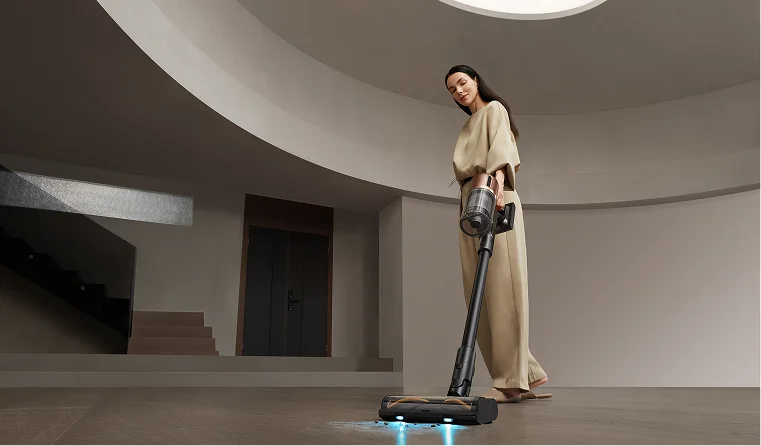
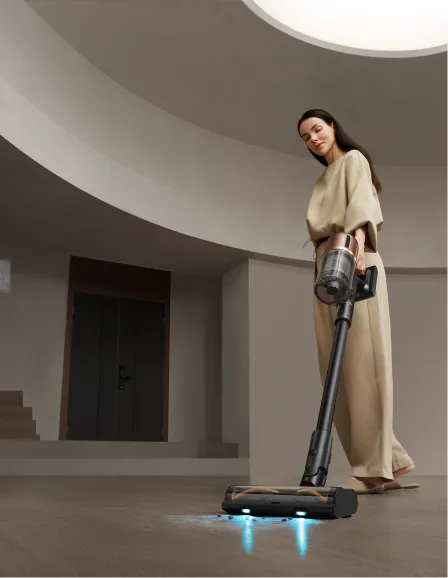
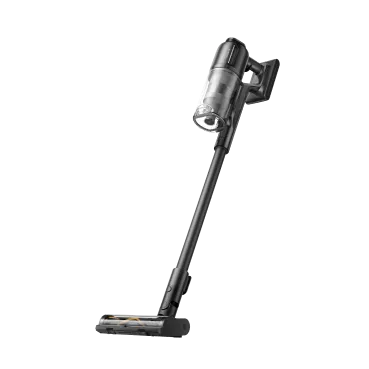
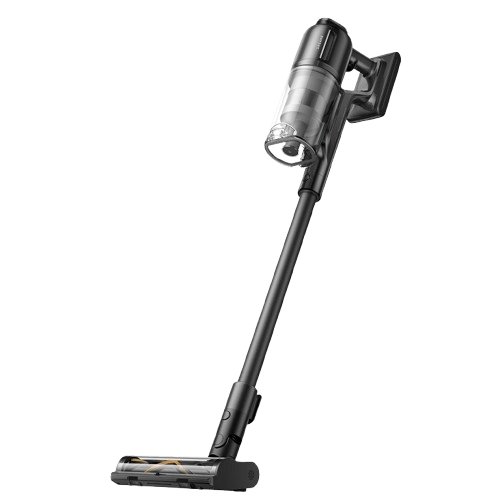
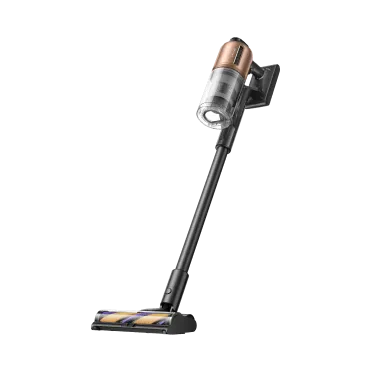
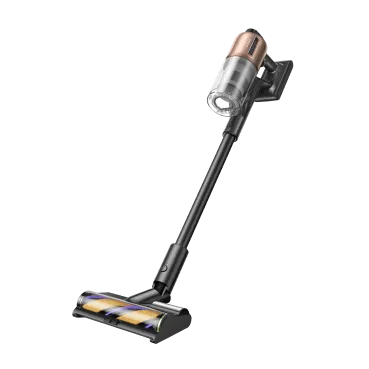
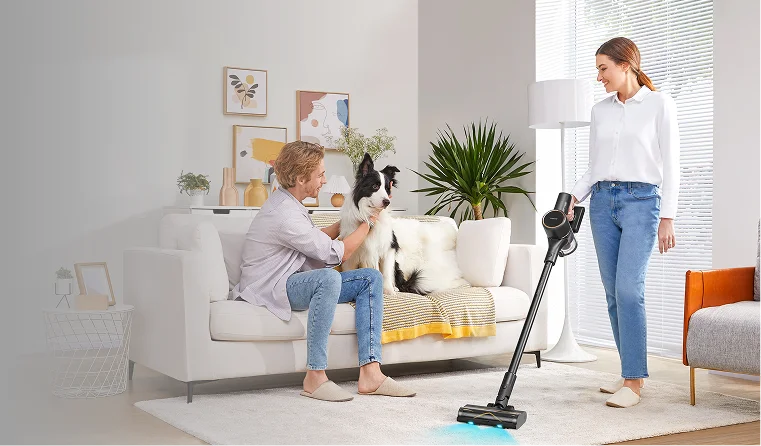
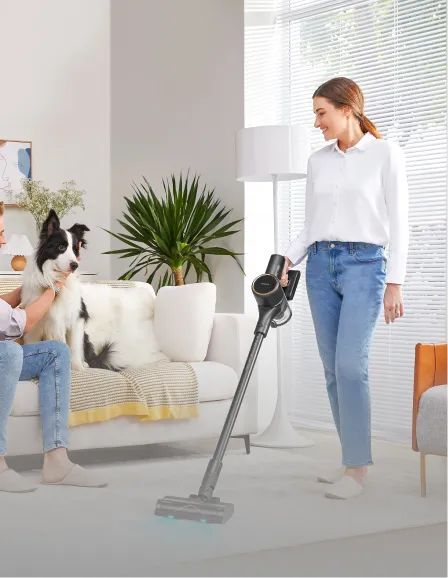
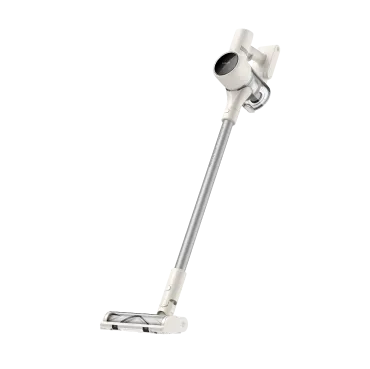
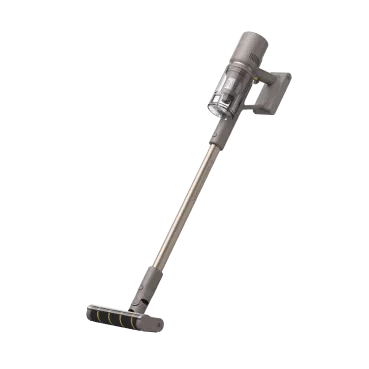
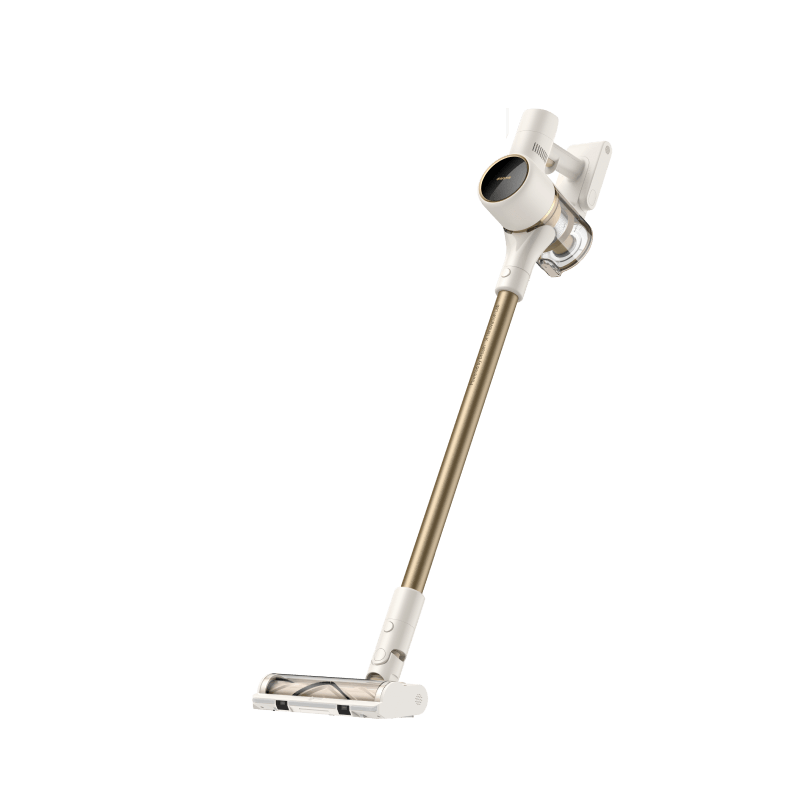
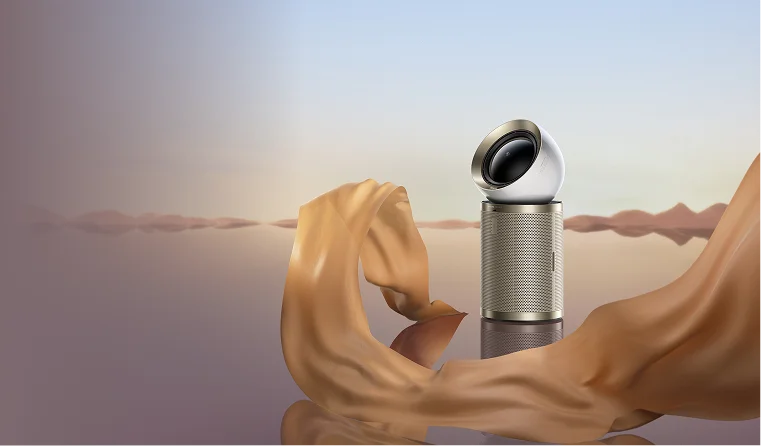
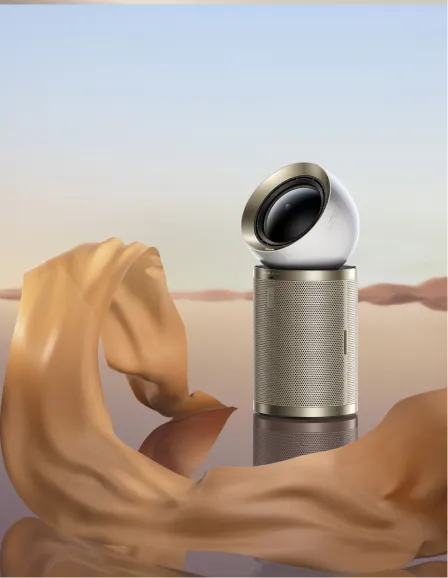

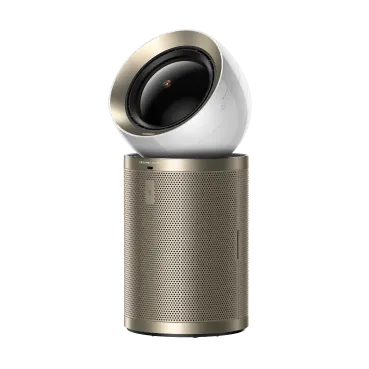

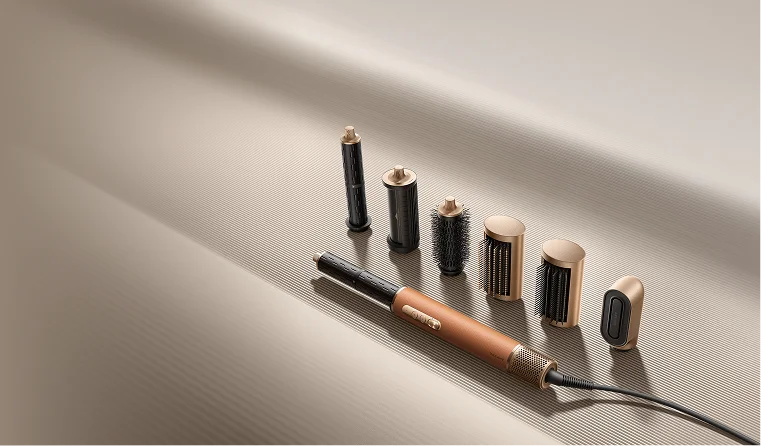
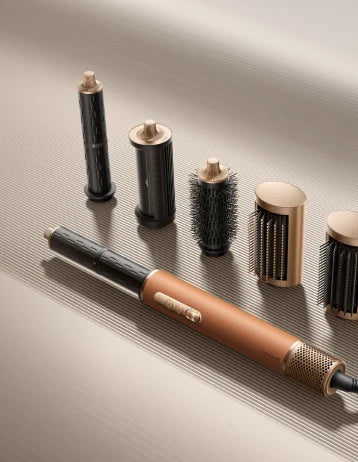
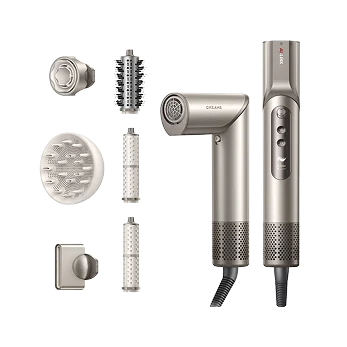
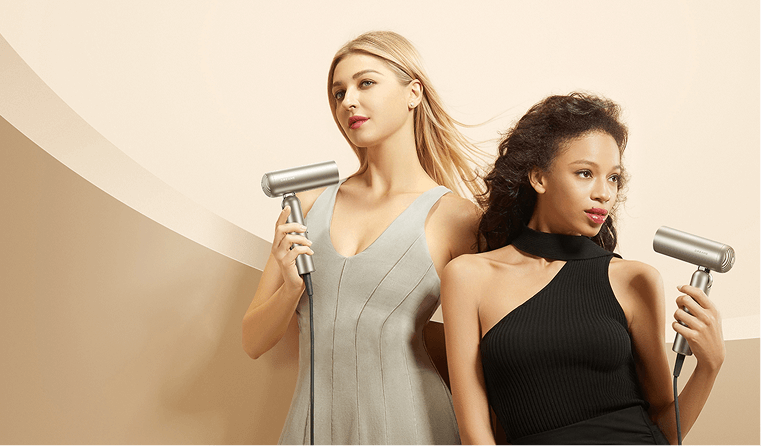

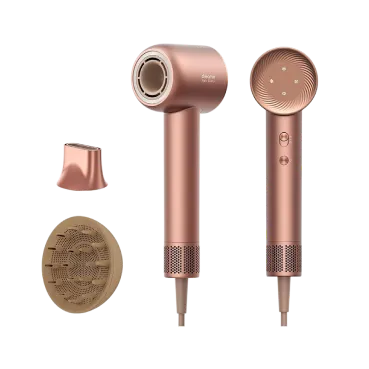
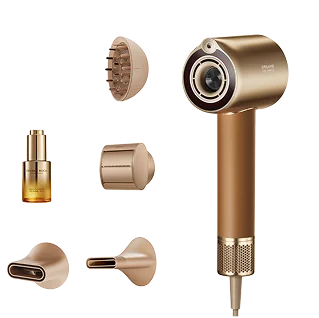
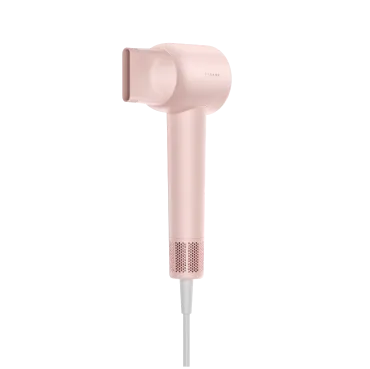


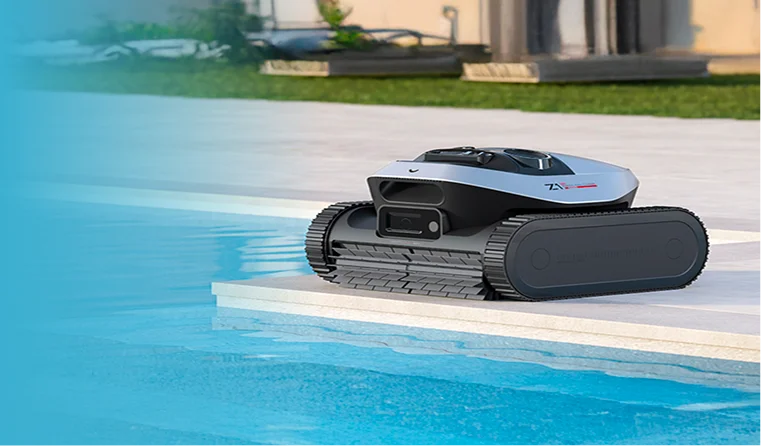
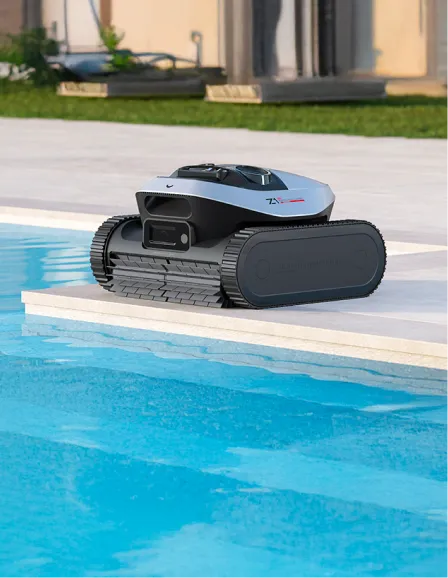
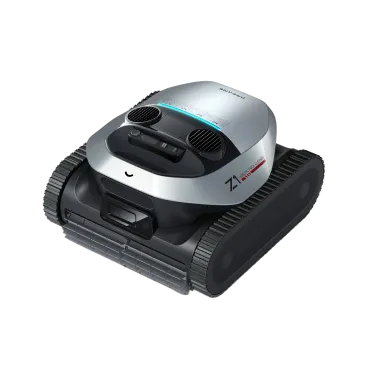
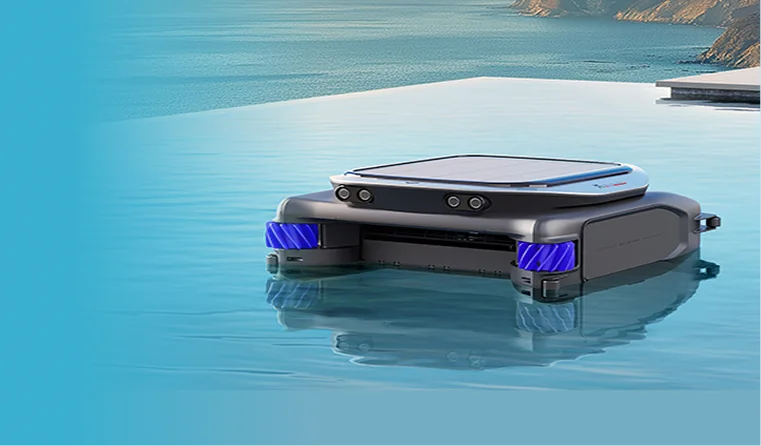
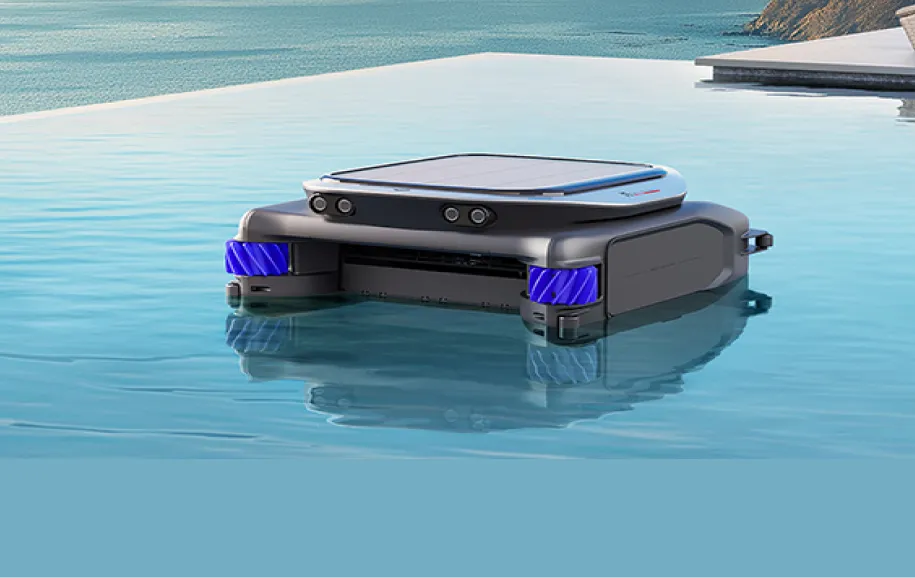










 Australia
Australia 中国大陆
中国大陆 日本
日本


 Türkiye
Türkiye


 Italia
Italia
 Netherlands
Netherlands Belgium
Belgium
 Greece
Greece Polska
Polska
 Norway
Norway
 Sweden
Sweden
 Finland
Finland
 Denmark
Denmark
 Hungary
Hungary Czechia
Czechia
 Slovenia
Slovenia
 Croatia
Croatia
 Switzerland
Switzerland United Kingdom
United Kingdom
 Canada
Canada






